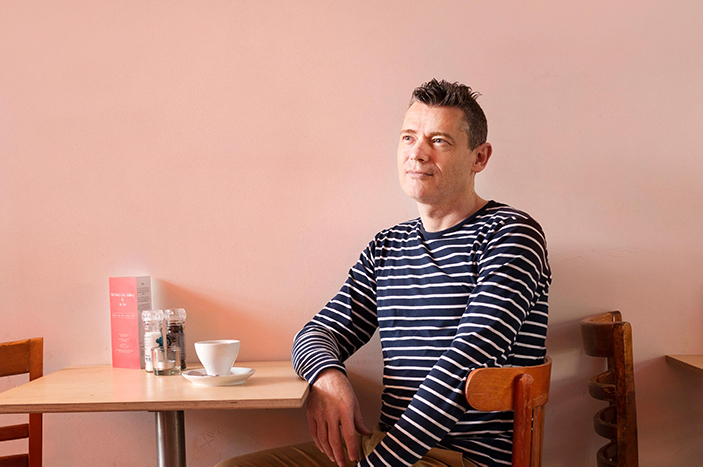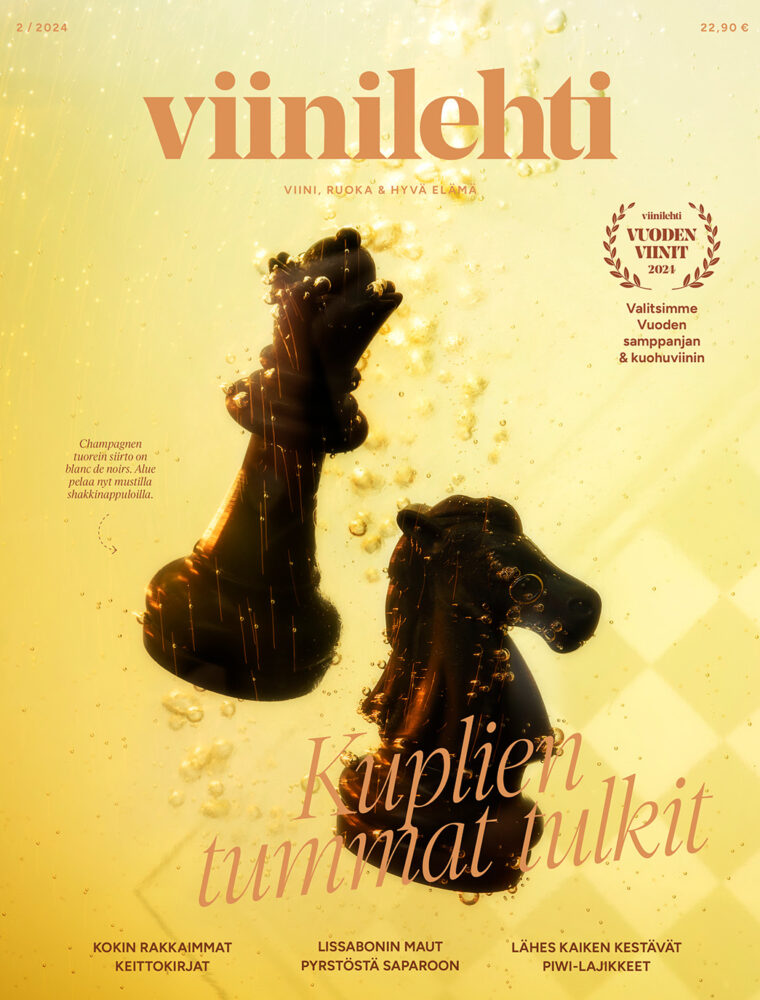I recently had a lengthy discussion with Andrew Jefford (one of the UK’s most considered and poetic wine writers, in my humble opinion), on the subject of natural wine (you can read an excerpt here) We touched on many interesting points, but one that stuck out was our shared concern about the notion of typicity.
Typicity is something that every wine student, every “amateur of wine” (to use that wonderfully confusing French phrase), every connoisseur learns about. We are often taught that grape varieties, soils and wine regions are soaked in this magical substance – frequently under the assumed name of terroir.
This is, supposedly, why it’s possible to blind taste wines and guess their identity. If you smell cut grass, gooseberry or nettle and maybe a hint of cat’s pee, it’s a Sauvignon Blanc from Sancerre. Spiced strawberries with a dollop of vanilla and woodsmoke? The likelihood is that there’s a Rioja Crianza in your glass.
The trouble is, a lot of these assertions are invented. The implication is that typicity comes from the ground, but more often than not it comes from the winemaker’s hand – and from established ideas of how winemaking should be done in the region under consideration. Perhaps this doesn’t sound too serious a problem – after all, the French recognise the human hand as an integral part of terroir. But it can become a double-edged sword when it is enshrined into wine classification law.
Revered wine appellations – such as the aforementioned Sancerre and Rioja, the Burgundy Crus, Barolo and the Wachau – often require wines to pass a tasting panel before they are given the right to display the region’s prestigious appellation on their label. What is the tasting panel looking for? Apart from a wine with no obvious faults, they are on the hunt for typicity.
Typicity, in the eyes of a tasting panel, is the unassailable set of rules written into the definition of the appellation. Italian DOCs and DOCGS are famous for descriptions such as “the wine must have a light golden yellow colour, an aroma of stone fruits, good sapidity and a light bitter note on the finish”. Many of the older French appellations have similarly asinine phrases in their charters.
These descriptions are supposed to reflect the typicity of the region and its native grape varieties. But in truth, they often reflect interventionist winemaking practices from our modern age.
Many of Austria’s better winemakers, who choose to ferment with wild yeasts, use the minimum possible amounts of sulphur and where possible bottle their wines unfiltered, find themselves up against the wrath of tasting panels. I recently spoke with two stellar vignerons, Martin Diwald and Gernot Heinrich. Both make wines from esteemed single vineyard sites, and both regularly run into trouble when tasting panels tell them their wines are not typical.
This is highly ironic, considering that these two producers produce stunningly clear, clean wines – which due to their minimal intervention, are able to open a much better window onto the character of the vintage and the vineyard, than if they were cold fermented with laboratory yeasts, sterile filtered and sulphured to death.
This is when the concept of typicity starts to fall to pieces. Typicity, as taught to wine lovers and transcribed into wine law, is a static concept that cannot possibly reflect the range of different soils, weather conditions and vine stocks that exist in any region. More often than not, it describes a textbook idea of a middle-of-the-road wine produced without defects but also without any strong characterisation. Old vines, an extreme cool or hot vintage, or a soil that is atypical for the rest of the region can have a radical influence on the taste and smell profile on a wine.
When a region’s most sensitive winemakers – those who try their hardest to step out of the frame and let the grapes express themselves – are regularly penalised for their efforts, there is something wrong with the idea of wine classification and its use of typicity as justification.
Real wines are wild, living creatures that can be as unpredictable as the weather conditions that created them. Let’s celebrate them, rather than an assumed idea of typicity which wants wines to be law abiding but dull and homogenous citizens.

